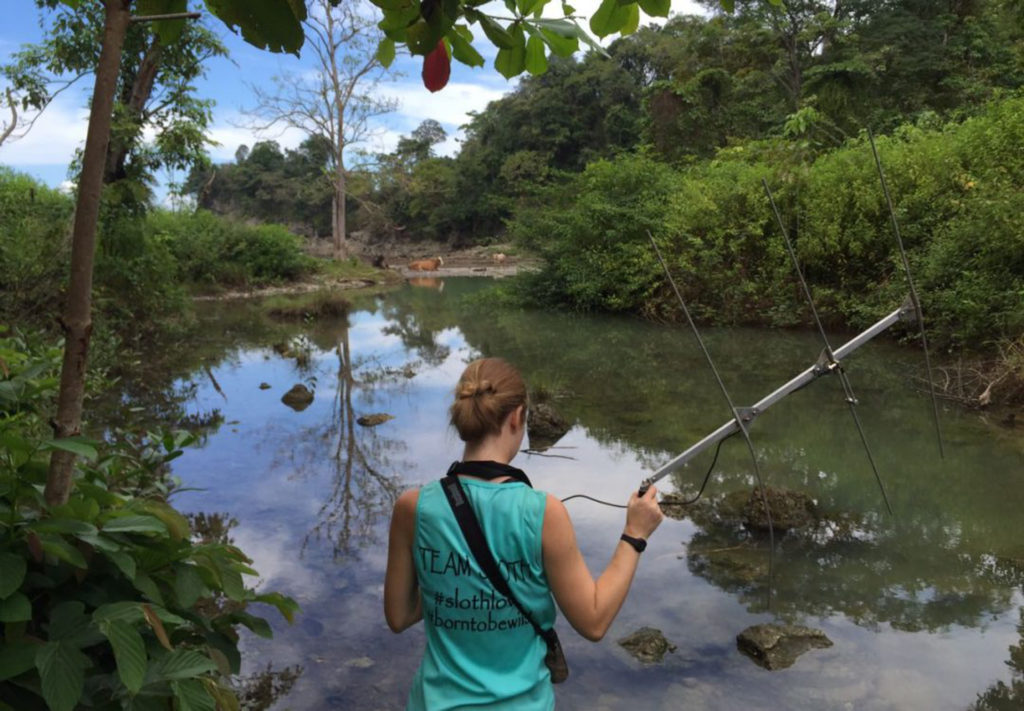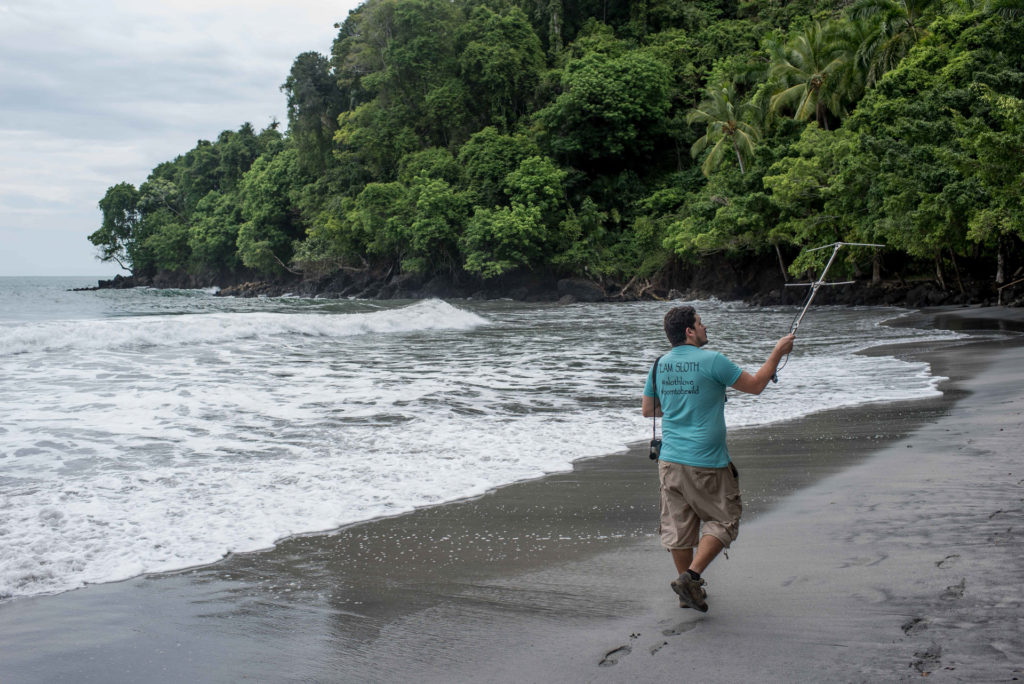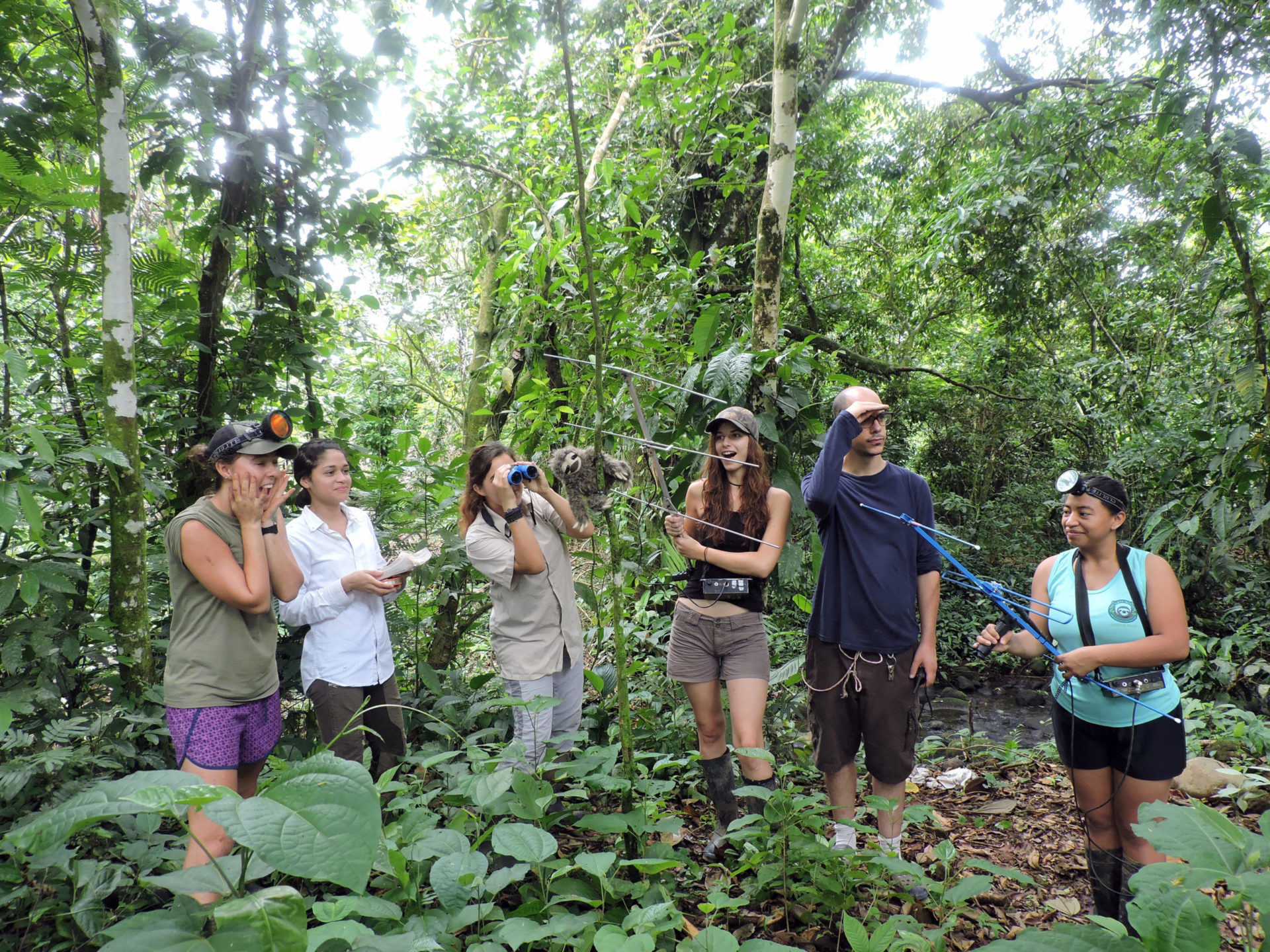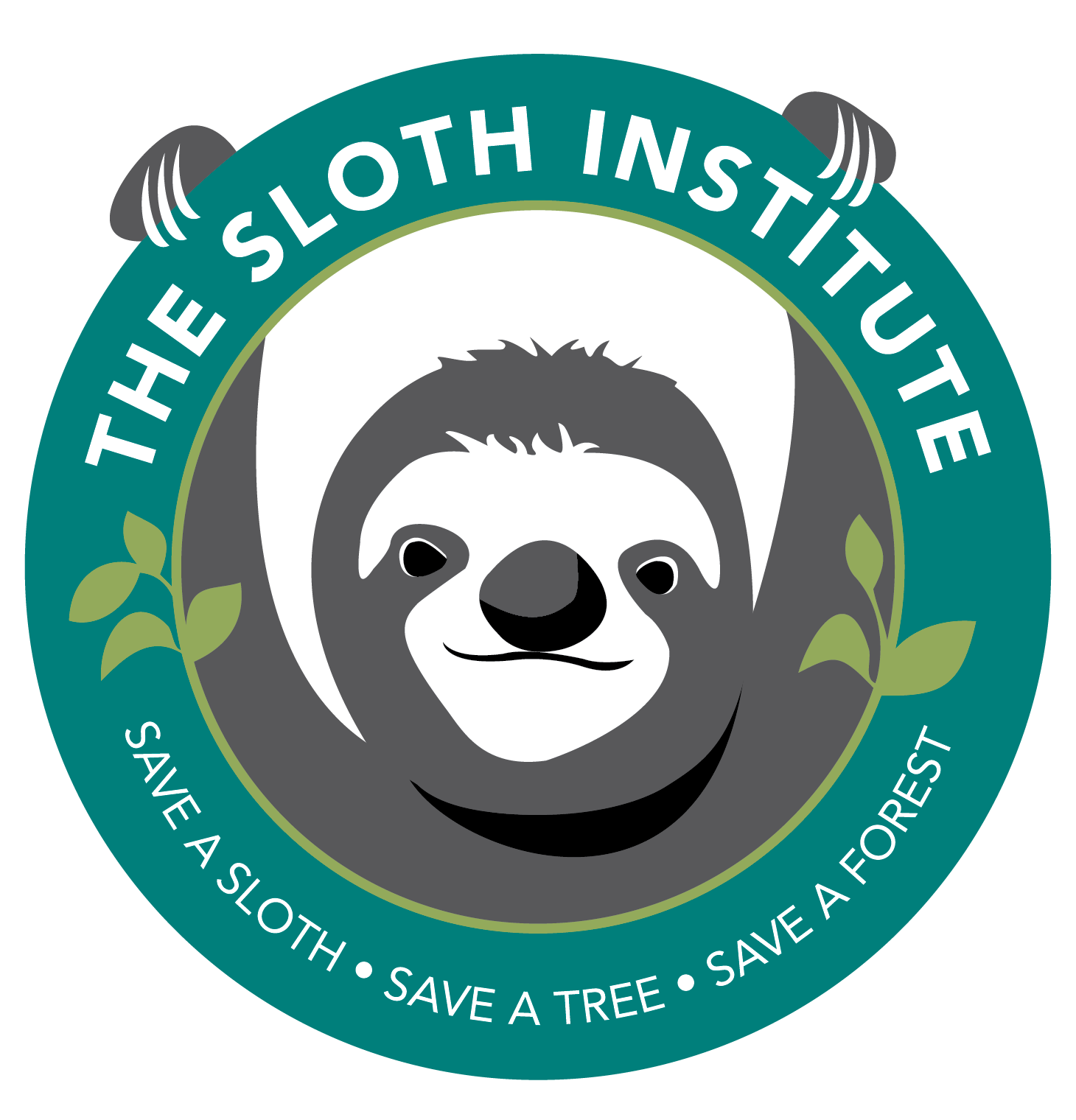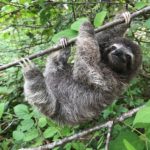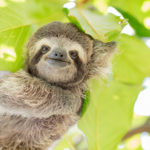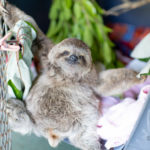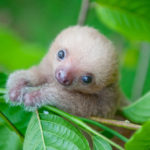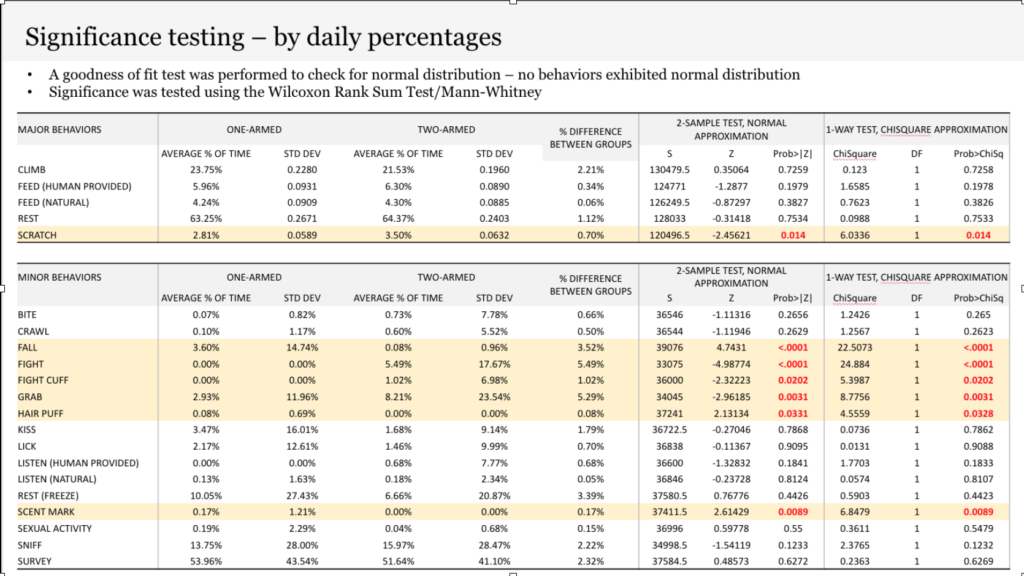Tracking Program
Tracking Sloths
The very first program that TSI ever implemented (circa 2015) was our groundbreaking sloth tracking program. This program was so important to us because it was the first of its kind: tracking hand-raised orphaned sloths as they navigated their way back into the rainforest. We wanted to prove to ourselves and to others that hand-raised orphaned sloths are capable of living free in the wild again. Previous to our program, it had been believed by some in Costa Rica, that hand-raised sloths could not successfully reintegrate back into the wild and were therefore left to live their entire lives in cages.
In addition to tracking sloths after they have been released, we also track wild sloths for comparison to tell if the sloths that finished our rehabilitation program behave ‘normally’. By tracking sloths after release we are not only able to be there to lend a helping hand if that sloth is in need, but we have also been able to collect data that helps future sloths. Knowing how sloths do in the wild after release has allowed us to adjust our rehabilitation program to continue to set sloths up for success once they are back in the rainforest. In addition, we have been able to create protocols for how to release rehabilitated sloths and share that information with other rescue centers that work with sloths so that they have the confidence to give their sloth a second chance at life in the wild.
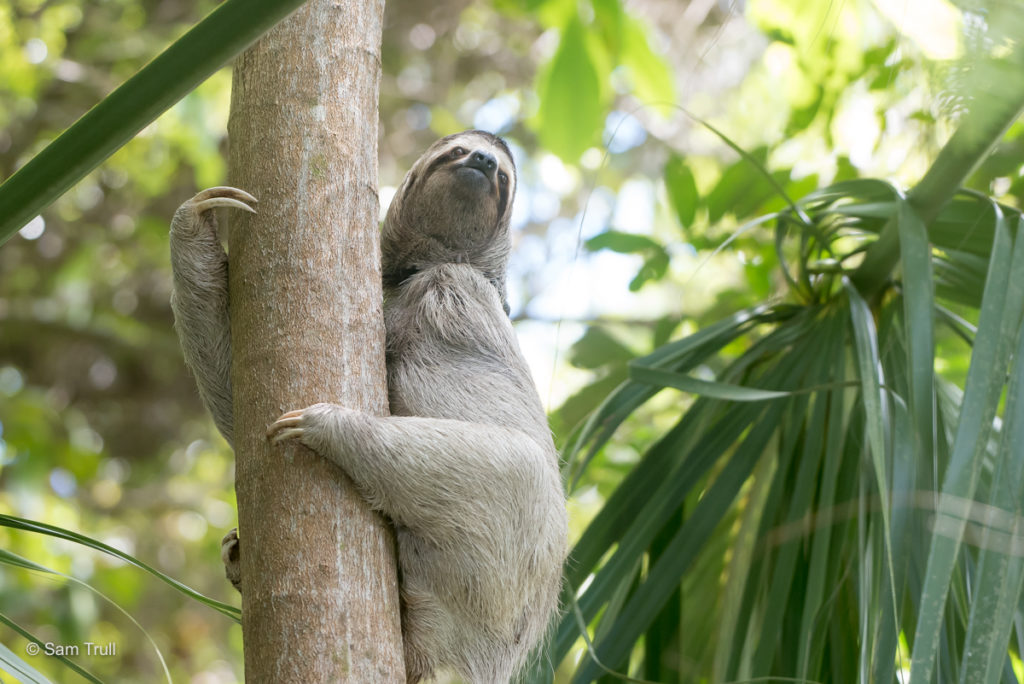
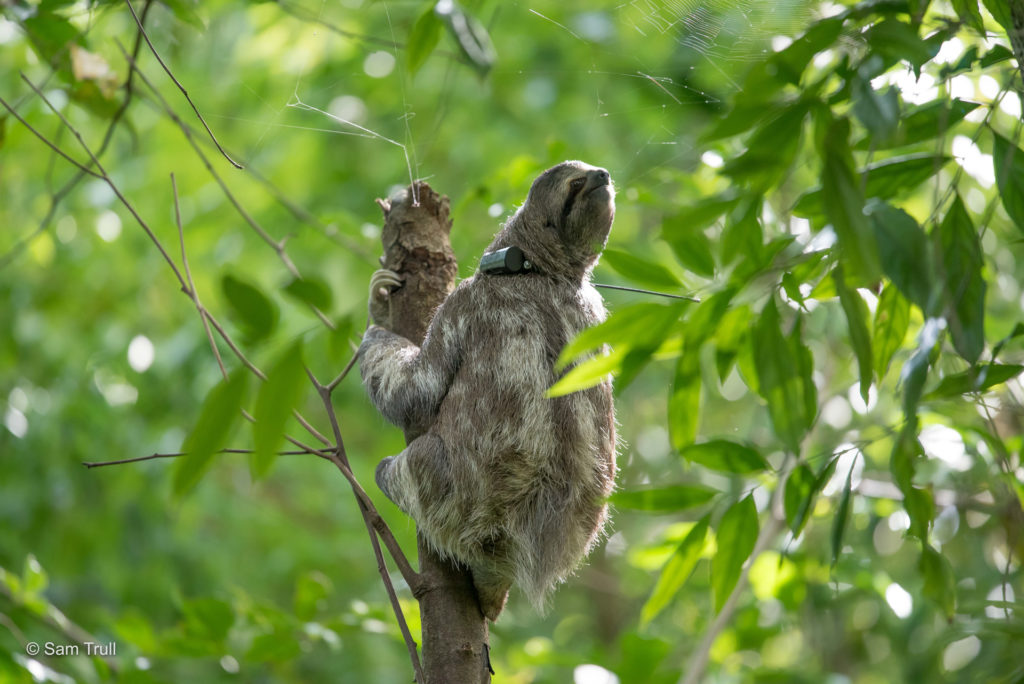
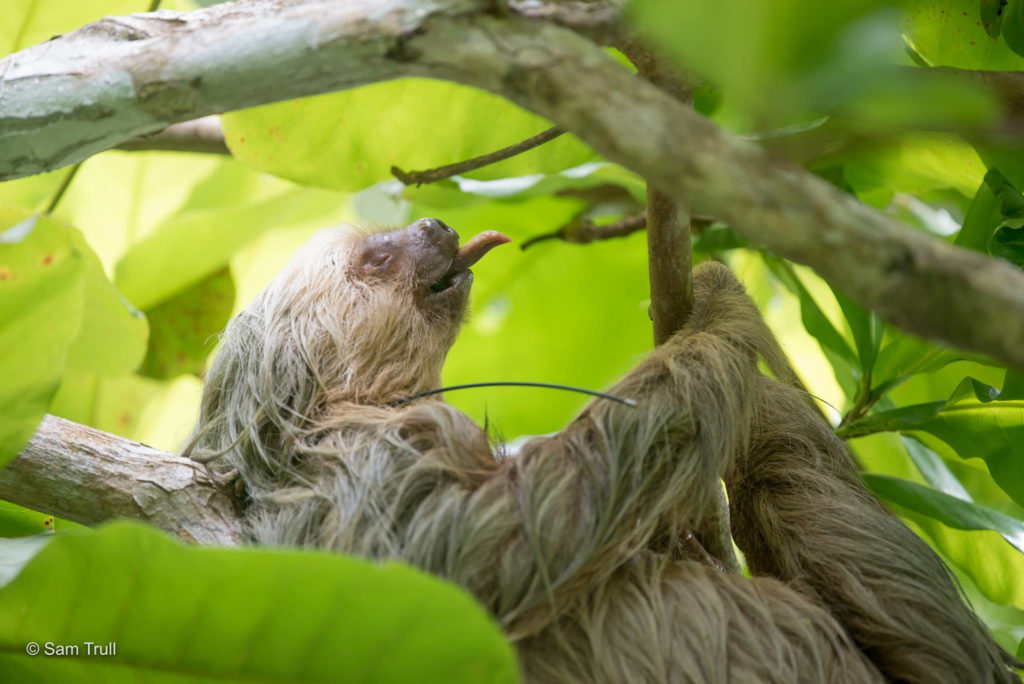
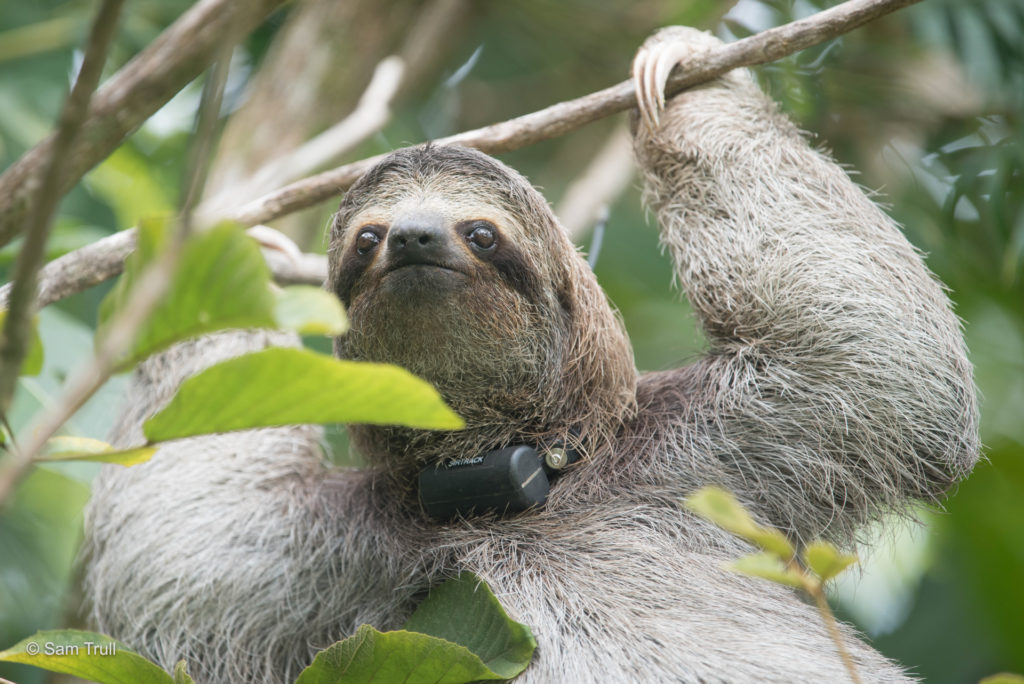
Tracking Program results: One armed sloths can be released!
In addition to proving that hand-raised orphaned sloths can be released; one of our other signature tracking studies, shows that one-armed sloths can also be returned to the wild. A glimpse of our data below – shows that while one-armed sloths do have some behavioral differences in comparison to two-armed sloths, none of these differences affected their ability to survive in the wild.
